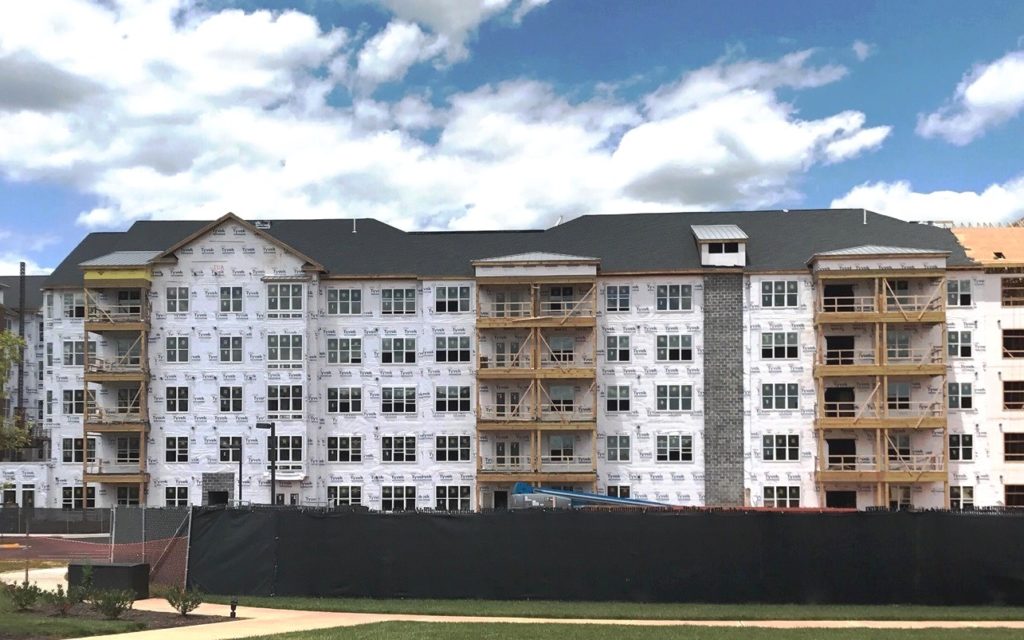It’s no secret that the skilled nursing industry has hit a rough spot, and that might be why some continuing care retirement communities (CCRCs) are beefing up their assisted and independent living wings.
For example, skilled nursing occupancy is expected to fall even further than current levels, hitting 86.4% by the end of the year, according to the Marcus & Millichap Seniors Housing Research National Report for the first half of 2017.
Some big players seem to be struggling, too. Skilled nursing operator Fortis Management Group recently filed for receivership. HCR ManorCare this month was issued an ultimatum by its landlord, Quality Care Properties (NYSE: QCP), to pay nearly $80 million in back rent. And Genesis Healthcare (NYSE: GEN) stock has tumbled from $4.69 per share on Jan. 4 to its current price of $1.52.
CCRCs, which focus on the full continuum of care, aren’t totally insulated from that turbulence, however.
Some communities are running into issues with a popular payment model sometimes called the type-A, or “life care” contract. In this model, residents pay an upfront entrance fee, followed by fixed monthly rent. In return, the CCRC provides an unlimited amount of care, regardless of whether their residents reside in independent living or require a more clinical skilled nursing setting.
Critics of that pricing model, like Joe Mulligan, managing director at investment banking firm Cain Brothers, say it can lead to lopsided situations where skilled nursing residents cost too much and pay too little.
As residents move through the care continuum, the cost of keeping them healthy and happy rises with every rung on the ladder. And while it’s true that independent living residents can generate a decent profit margin, it’s also true that skilled nursing patients can lead to a hefty deficit, Mulligan’s theory goes.
SNF status quo
Amid pressures on the skilled nursing side, some CCRCs are choosing to focus on assisted living, independent living and memory care units.
Erickson Living, a Cantonsville, Maryland-based CCRC developer and manager of 20 communities in various stages of development, sees its assisted living and memory care needs growing. Most of Erickson’s CCRCs have a “type C,” or fee-for-service payment model, where the monthly rent varies depending on the kind of services a resident needs.
Though the company doesn’t plan to minimize its skilled nursing capacity — which includes long-term care and Medicare funded rehab — it also isn’t planning on building up that part of the business.
“In general, we are converting or building less skilled nursing. The capacity is going more toward assisted living and memory care,” Adam Kane, a senior vice president at Erickson, told Skilled Nursing News. “On the other hand, we still believe one of the competitive advantages of a CCRC is the full continuum, so we are committed to build and provide the skilled nursing services.”
LifeSpire of Virginia, a nonprofit that operates four CCRCs under the “type A” pricing model, also sees more opportunity in independent and assisted living.
“The independent living and the assisted living is the most profit you could make,” says Peter Robinson, LifeSpire of Virginia’s vice president of marketing and public relations. “I don’t think CCRCs are going to drop the skilled nursing side of the business, but I do see it minimized.”
Like Erickson, LifeSpire of Virginia isn’t planning on downsizing the number of skilled nursing beds it has. At its Richmond, Virginia, CCRC, LifeSpire maintains 270 independent living and 96 nursing beds, and that’s not likely to change anytime soon.
Still, the operator might do things a little differently if it had the chance to build all of its communities in the present day.
“I think if we were to build [our CCRCs] again, the ideal mix would be about 75% independent living, 25% different levels of care,” Robinson says.
Industry trends
Both LifeSpire and Erickson’s strategies appear to mirror overall market trends outlined by Ziegler, a Chicago-based specialty investment bank.
Many CCRC operators are seeking financing to add more independent living units where they can, Ziegler Vice President of Senior Living Research and Development Lisa McCracken tells Skilled Nursing News. Other popular trends for CCRCs include modernizing dated health care assets, investing in common areas such as wellness centers and dining venues, and adding memory care to the bill of services.
Overall, the continuum of care is indeed changing, and providers need to be very aware of how that affects their business model, she adds.
“As providers continue to grow and expand, they are taking a hard look at the ratio of independent living to assisted and skilled units on the campus,” McCracken says. “We might see a scaling back of health care or more caution when approaching those projects.”
Written by Tim Regan
(Erickson Living’s Ashby Ponds CCRC in in Ashburn, Virginia / photo via Erickson Living)



